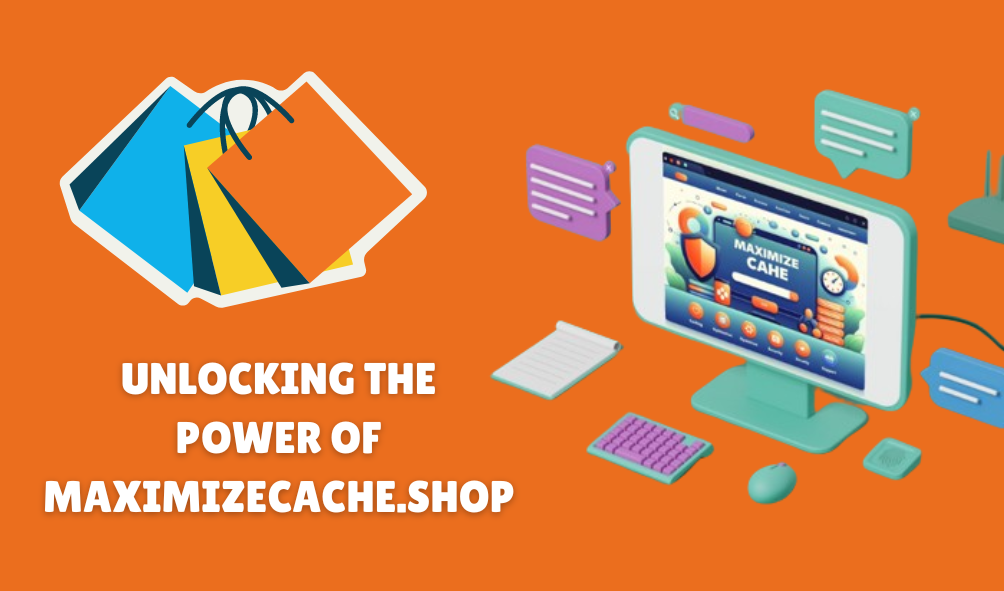-
Table of Contents
Revolutionizing student assessment with innovative approaches.
Assessment and evaluation are crucial components of the education system, providing valuable insights into students’ learning progress and informing instructional decisions. In recent years, there has been a growing emphasis on innovative approaches to student assessment, aiming to enhance the effectiveness and fairness of the evaluation process. These innovative approaches encompass a range of strategies and techniques that go beyond traditional methods, incorporating technology, alternative forms of assessment, and personalized feedback. By adopting these innovative approaches, educators can better assess students’ knowledge, skills, and competencies, promoting a more comprehensive and holistic understanding of their learning outcomes.
The Role of Technology in Modern Student Assessment
Assessment and evaluation are crucial components of the education system, as they provide valuable insights into students’ learning progress and help educators make informed decisions about their teaching strategies. In recent years, technology has played a significant role in transforming the way student assessment is conducted. This article explores the innovative approaches that technology has brought to modern student assessment.
One of the most notable advancements in technology-enabled assessment is the use of online platforms and tools. These platforms allow educators to create and administer assessments digitally, eliminating the need for traditional pen-and-paper tests. Online assessments offer several advantages, such as increased efficiency, immediate feedback, and the ability to track and analyze student performance data.
With online assessments, educators can create interactive and engaging question formats that go beyond multiple-choice questions. They can incorporate multimedia elements, such as videos, images, and audio clips, to assess students’ understanding in a more comprehensive manner. This not only enhances the assessment experience for students but also provides educators with a more accurate representation of their knowledge and skills.
Furthermore, technology has enabled the development of adaptive assessments. Adaptive assessments are personalized tests that adjust the difficulty level of questions based on students’ responses. These assessments use algorithms to analyze students’ answers and determine their proficiency levels in different areas. By adapting the difficulty level of questions, adaptive assessments can provide a more accurate measure of students’ abilities and identify their strengths and weaknesses more effectively.
Another innovative approach to student assessment is the use of digital portfolios. Digital portfolios allow students to showcase their work and progress over time. They can include a variety of artifacts, such as essays, projects, presentations, and multimedia creations. Digital portfolios provide a holistic view of students’ learning journey and allow educators to assess their growth and development in different areas.
Moreover, technology has facilitated the implementation of formative assessments. Formative assessments are ongoing assessments that provide immediate feedback to students and help them identify areas for improvement. Technology-enabled formative assessments can take various forms, such as online quizzes, interactive simulations, and virtual experiments. These assessments not only engage students actively in the learning process but also provide educators with real-time data to inform their instructional decisions.
In addition to these approaches, technology has also enabled the use of data analytics in student assessment. By collecting and analyzing large amounts of data, educators can gain valuable insights into students’ learning patterns, preferences, and challenges. Data analytics can help identify trends, predict student performance, and inform personalized interventions. This data-driven approach to assessment allows educators to tailor their instruction to meet individual students’ needs effectively.
In conclusion, technology has revolutionized student assessment by introducing innovative approaches that enhance the assessment experience for both students and educators. Online platforms, adaptive assessments, digital portfolios, formative assessments, and data analytics are just a few examples of how technology has transformed the assessment landscape. These advancements have not only made assessment more efficient and accurate but also provided educators with valuable insights to improve their teaching strategies. As technology continues to evolve, it is essential for educators to embrace these innovative approaches and leverage the power of technology to enhance student assessment further.
Implementing Project-Based Assessments for Deeper Learning
Assessment and evaluation are crucial components of the education system. They provide valuable insights into students’ learning progress and help educators make informed decisions about instructional strategies. Traditional assessment methods, such as multiple-choice tests and quizzes, have long been the norm in schools. However, there is a growing recognition that these methods may not fully capture students’ abilities and potential. As a result, educators are increasingly turning to innovative approaches to student assessment, such as project-based assessments, to promote deeper learning.
Project-based assessments involve students working on real-world projects that require them to apply their knowledge and skills in authentic contexts. These assessments go beyond simply regurgitating information and instead focus on students’ ability to think critically, solve problems, and collaborate with others. By engaging in hands-on, meaningful tasks, students are able to develop a deeper understanding of the subject matter and acquire important skills that will serve them well in the future.
Implementing project-based assessments requires careful planning and consideration. Educators need to design projects that align with the curriculum and learning objectives while also allowing for creativity and student choice. This can be achieved by providing clear guidelines and rubrics that outline the expectations and criteria for success. By setting clear expectations, educators can ensure that students are focused and motivated to produce high-quality work.
One of the benefits of project-based assessments is that they provide students with opportunities to showcase their unique talents and interests. Unlike traditional assessments that often have a one-size-fits-all approach, project-based assessments allow students to pursue topics and themes that resonate with them personally. This not only increases student engagement but also promotes a sense of ownership and pride in their work.
Another advantage of project-based assessments is that they foster collaboration and teamwork. Many projects require students to work in groups, encouraging them to communicate effectively, delegate tasks, and resolve conflicts. These skills are essential in the workplace and in life, and project-based assessments provide a safe and supportive environment for students to develop them.
Furthermore, project-based assessments promote critical thinking and problem-solving skills. Students are required to analyze information, evaluate different perspectives, and make informed decisions. This type of higher-order thinking is essential for success in the 21st century, where complex problems require innovative solutions. By engaging in project-based assessments, students develop the ability to think critically and creatively, preparing them for the challenges they will face in the future.
While project-based assessments offer numerous benefits, they also present challenges for educators. Assessing and evaluating projects can be time-consuming and subjective. To address these challenges, educators can use rubrics and scoring guides to ensure consistency and objectivity in the assessment process. Additionally, providing timely and constructive feedback to students is crucial for their growth and development. By offering specific feedback, educators can help students understand their strengths and areas for improvement, allowing them to make meaningful progress.
In conclusion, project-based assessments are innovative approaches to student assessment that promote deeper learning. By engaging in real-world projects, students develop a deeper understanding of the subject matter and acquire important skills. Implementing project-based assessments requires careful planning and consideration, but the benefits are well worth the effort. These assessments provide opportunities for students to showcase their talents, foster collaboration and teamwork, and promote critical thinking and problem-solving skills. While challenges exist, educators can overcome them by using rubrics, scoring guides, and providing timely feedback. By embracing project-based assessments, educators can create a more engaging and meaningful learning experience for their students.
Gamification in Assessment: Engaging Students through Game-Based Evaluation
Gamification in Assessment: Engaging Students through Game-Based Evaluation
Assessment and evaluation are crucial components of the education system. They provide educators with valuable insights into students’ learning progress and help identify areas that need improvement. Traditionally, assessments have been conducted through tests, quizzes, and assignments. However, with the advancement of technology, innovative approaches to student assessment have emerged, one of which is gamification.
Gamification is the process of applying game design elements and principles to non-game contexts, such as education. It involves incorporating game-like elements, such as competition, rewards, and challenges, into the assessment process. By doing so, educators can create a more engaging and interactive learning experience for students.
One of the main advantages of gamification in assessment is its ability to increase student motivation and engagement. Traditional assessments can often be seen as boring and monotonous, leading to disinterest and lack of effort from students. However, when assessments are gamified, students are more likely to be motivated to participate actively. The element of competition, for example, can drive students to strive for better results and put in more effort. Additionally, the use of rewards, such as badges or points, can provide a sense of achievement and encourage students to continue their learning journey.
Furthermore, gamification in assessment allows for personalized learning experiences. Each student has different strengths and weaknesses, and traditional assessments may not cater to individual needs. However, with game-based evaluation, educators can design assessments that adapt to each student’s abilities and provide targeted feedback. For instance, a game can adjust its difficulty level based on the student’s performance, ensuring that they are appropriately challenged. This personalized approach not only enhances the learning experience but also helps students develop a growth mindset and a sense of ownership over their learning.
Another benefit of gamification in assessment is its potential to foster collaboration and teamwork among students. Many games require players to work together towards a common goal, promoting communication and cooperation. By incorporating collaborative elements into assessments, educators can encourage students to share knowledge, support each other, and learn from one another. This not only enhances their understanding of the subject matter but also develops important social and interpersonal skills that are essential for success in the real world.
However, it is important to note that gamification in assessment should be implemented thoughtfully and with clear learning objectives in mind. While games can be highly engaging, they should not overshadow the educational content. The focus should always be on the learning outcomes, and the game elements should be designed to support and enhance the assessment process, rather than distract from it.
In conclusion, gamification in assessment offers innovative and engaging approaches to student evaluation. By incorporating game-like elements into assessments, educators can increase student motivation, personalize learning experiences, foster collaboration, and provide targeted feedback. However, it is crucial to ensure that the game elements are carefully designed to align with the learning objectives. With the right implementation, gamification in assessment has the potential to revolutionize the way students are evaluated, making the learning process more enjoyable and effective.In conclusion, innovative approaches to student assessment have the potential to enhance the effectiveness and accuracy of evaluating student learning. These approaches can include the use of technology, project-based assessments, and alternative forms of evaluation. By incorporating these innovative methods, educators can gain a more comprehensive understanding of students’ knowledge and skills, leading to more personalized and meaningful learning experiences.






